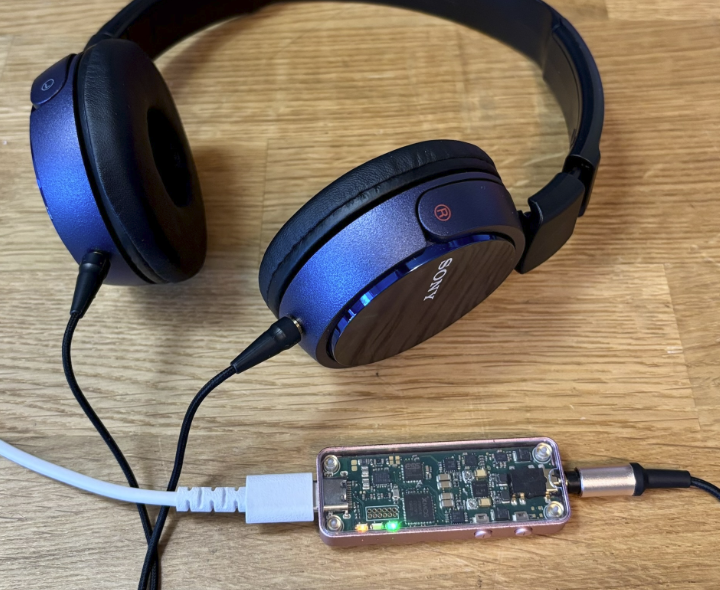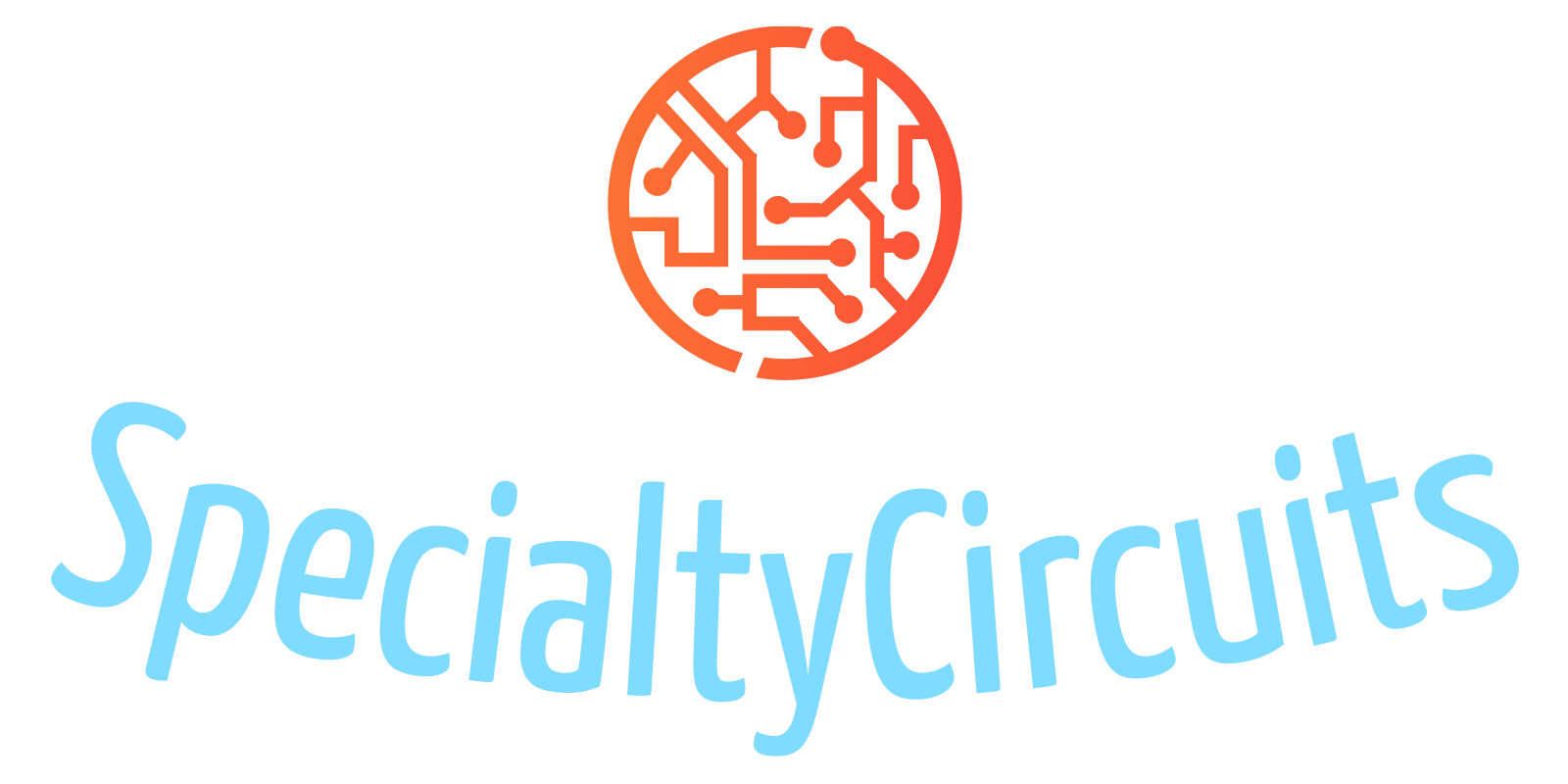Velocity Servo Headphone Amplifier - a sensor-less motional feedback USB dongle

For online purchasing visit https://www.ebay.com/itm/317262327698. For test listening, send us message on eBay, we can ship you a loaner unit you for evaluation.
Here we are announcing a one of a kind product for the high end audio market, something that had never been done before, a sensor-less motional feedback headphone amplifier. You can also call it ClearSound DAC.
Since the product is aiming for Hi-Fi headphone market, it was crammed into a seemingly tiny form factor measuring 1.0 x 2.6 x 0.35 inch ( 25 x 65 x 8 mm in the other part of the world. Don't be fool by the tiny size of the USB dongle though. It comes with 6 layers of printed circuits, 10 ICs, 7 power rails, and single point grounding for the best signal quality. It supports both DSD and PCM operation driver-free on most modern computers and smartphones.
Specification:
- Sensor-less motional feedback headphone driver
- Up to 384KHz in PCM mode
- Up to DSD256 in native mode on Windows
- DSD128 in DoP mode on Windows/MacOS/Linux/iOS/Android
- Frequency response 5-15kHz in PCM 44.1kHz and 48kHz
- Frequency response 5-40kHz in DSD, PCM >88.2kHz conditions
- Hardware volume control supported on USB interface
- Customized up-sampling filter for time domain optimized performance
- Analog and Digital combo volume control
- Support microphone
- Driver free operation on Windows 10, Windows 11, Mac OS, Linux, iOS, Android
- Verified computability with Audirvana Player
- Typical Power consumption 0.5W via USB Type-C
- Firmware upgrade via USB in DFU mode
Headphone Supported:
- SONY ZX310 all variants
- SONY ZX110 all variants
- Focal Listen Professional
- more to be added here...
FAQ:
- What is sensor-less motional feedback?
When the speaker cone or coil moving by the drive signal, the cone does not necessary follow what the drive signal commands, which means the listeners are not hearing what the actual recording. The effects can trace back to the non-zero resistance and inductance of the speaker cone drive coil. While the speaker cone is moving, it also generate back EMF (electromagnetic force), which when coupled together with above mentioned coil resistance and inductance creates distortion in produced sound.
Since the velocity of the speaker cone movement is proportional to the sound pressure level (SPL) and SPL is what recorded on all audio streams, it is natural to reach the conclusion that we want the speaker cone velocity to represent the SPL of the audio streams.
Historically, Philips was the first company to commercialize motional feedback speaker with the help of an accelerometer mounted on the woofer cone. While in the case of SpecialtyCircuits, we don't have the luxury to add an accelerometers to commercially available off-the-shelf headphones. We had to find an alternative way to archive motional feedback. So, instead of using the accelerometer on speaker cone, we use the back EMF signal that is intrinsically generated whenever the speaker diaphragm moves. The back EMF signal is used as the representation of the SPL, any deviation from the original recording will be corrected by the special electronics circuitry, thus archive much better sound reproduction. A few benefits are better spatial reproduction, more details, lower IMD, THD, and accurate bass at high volume.
The benefit of the motional feedback is very substantial on cheap headphones. As the quality of the headphone improves, the benefit slowly become less substantial. Still, motional feedback will help headphones, either Hi-Fi or Lo-Fi, to reproduce the spatial sound information to the best possible.
Of course nothing comes for free. There are things that must give when using sensor-less motional feedback. For one, the amplifier is tightly matched to a specific headphone, re-tuning is required whenever the headphone is replaced. It is also not quite compatible with audio test equipment, as the equipment has no moving coils thus no motional feedback, thus they won't measure much difference of new drive mode, except a seemingly off frequency response (the frequency response is indeed flat with actual headphones, just to be clear.). - What is time domain optimized up-sampling filter?
We optimize the up-sampling filter in the DAC so that we produce minimum ringing and maintain group delay at best effort. This improves the spatial reproduction of the sound stage. This is at the expense of elevated noise out of the audible band, but at level below human's perception. The elevated noise is measurable on test equipment, but not only below human's hearing perception level, and also above the frequency range.
Also note that, when operating under DSD mode, the upsampling is bypassed, which render this topic irrelevant. - Why is Mac OS limited to DSD128?
Mac OS does not have mechanism to support native DSD playback. There is no industrial recognized standard on how to transport native DSD stream under USB Audio Class specification. Thus, DSD stream is packeted as a fake PCM stream and sent to the DAC. This has bandwidth limitation and capped at DSD128 when operating under DSD over PCM (DoP) mode on Mac OS, iPhone, Android and Windows.
